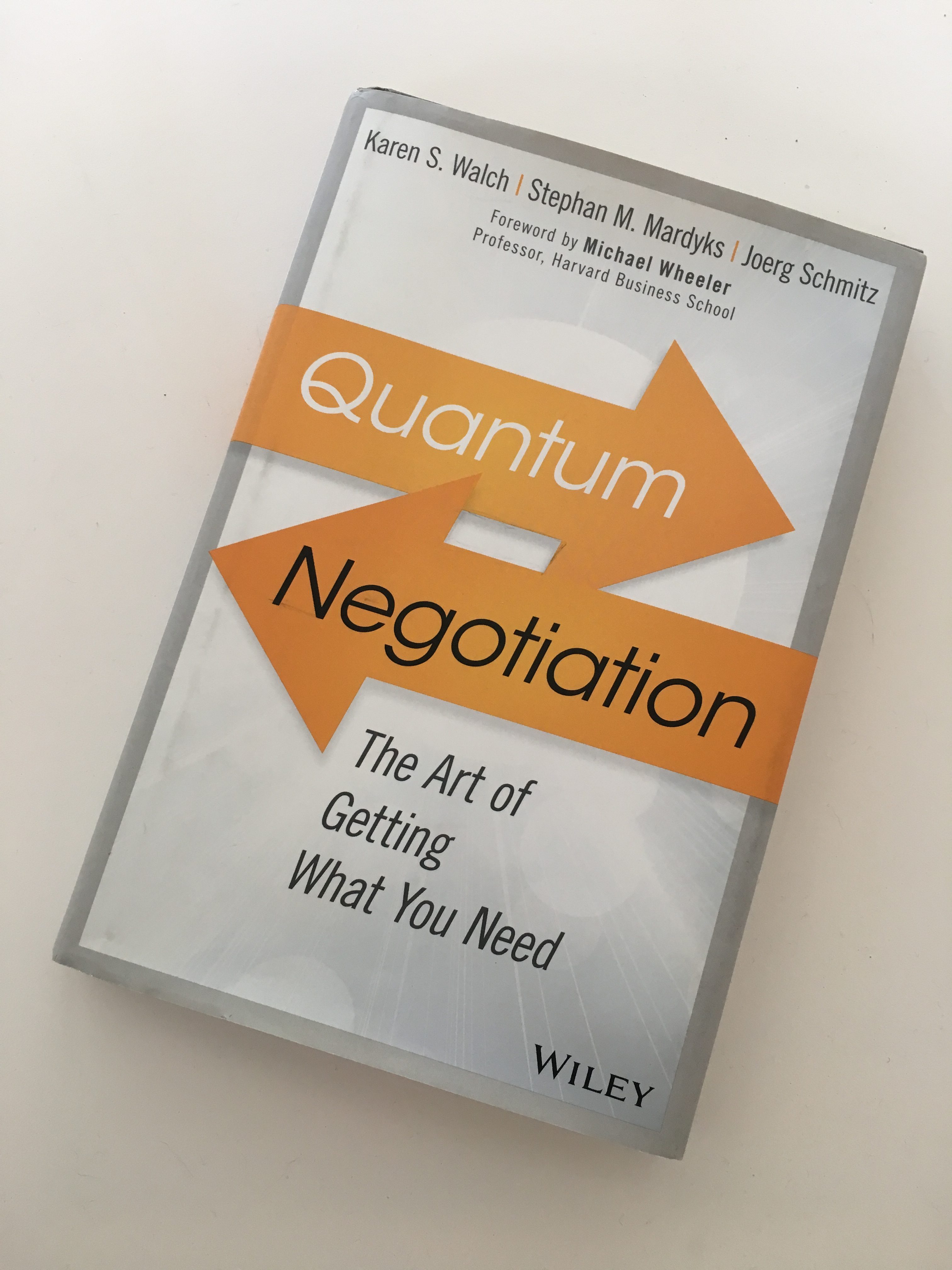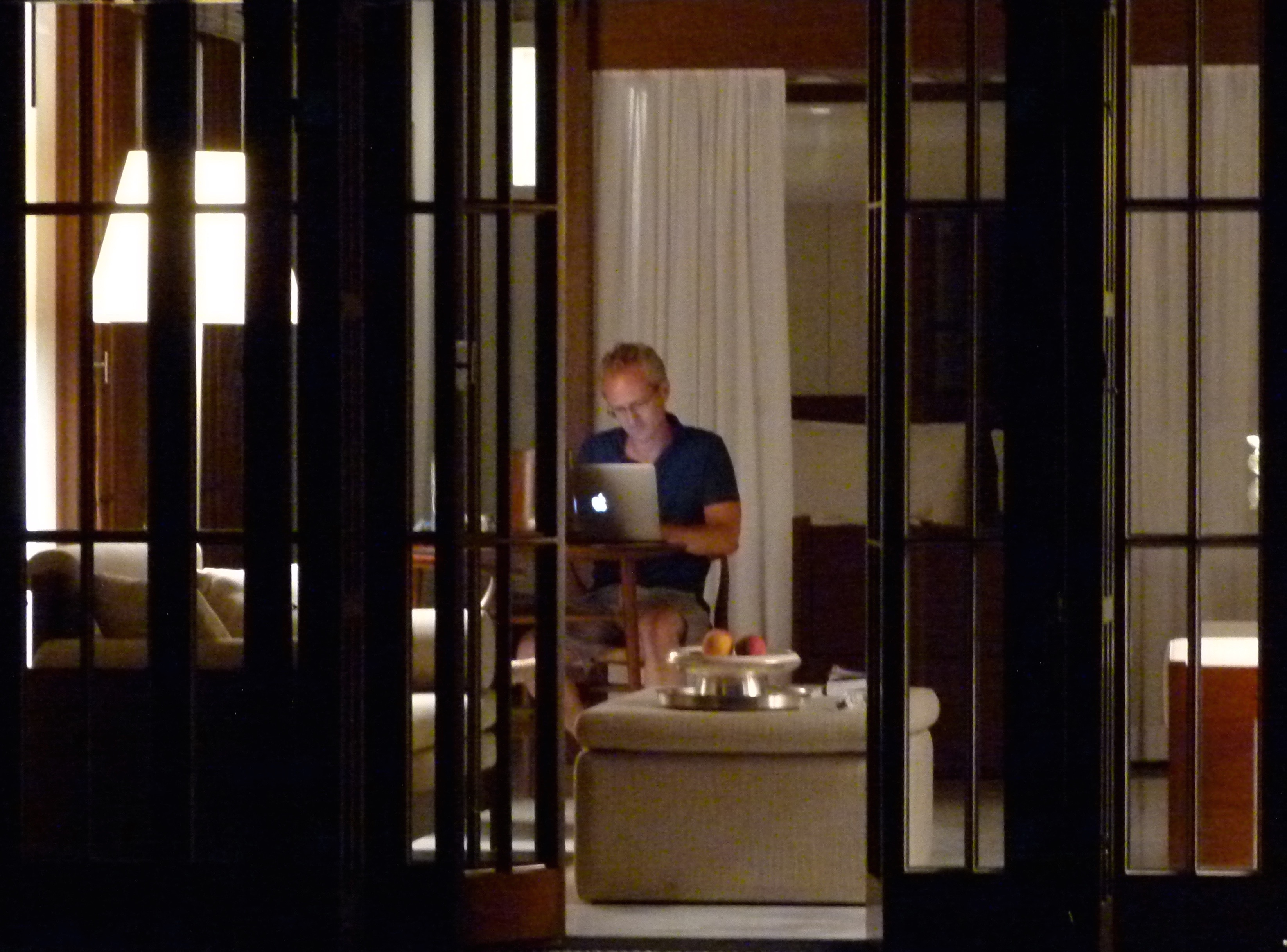What do quantum science, negotiation, and ethnographic thinking have in common? More than you might think; and certainly more than I anticipated when I picked up this unique work that extends the principles of quantum science to the practice of negotiation (and beyond). More specifically, the importance of interdependence is positioned at the core of this expertly crafted volume by Walch, Mardyks, and Schmitz in which they provide readers with both practical and strategic advice to help them surpass the limitations of traditional negotiation practices by enlisting a holistic mindset that’s very similar to ethnographic thinking.
From the outset, the authors are careful to point out that “…Quantum Negotiation is less about tactics and technologies, and more about how we show up, the relationship we create, and the energy we direct…” and they establish some key concepts early in the work that drive this point home. Most importantly, they argue that:
“As an observer of one’s own and others’ emotional, social, physical, and spiritual needs, Quantum Leaders are able to be clear and anchored about their own needs. This anchoring serves as a foundation for buoyant behavior when adapting to uncertain environments and diverse viewpoints.”
This concept of buoyancy is essential to Quantum Negotiation, and serves as a device for the authors to explore the topic from many different perspectives. They supplement this with candid stories based on questions posed by people who’ve faced real-life negotiation challenges, which are sprinkled throughout the book to help ground the concepts and demonstrate how the principles of Quantum Negotiation can play out in different settings.
On the practical level, the authors provide many tools for re-positioning how readers think about negotiating. From identifying “Zones of Potential Agreement,” to “Developing a Sociocentric Orientation,” to specific advice on how to respond to manipulation tactics, they detail the nuances and interactions that best support implementing a Quantum negotiation approach in ways that are both accessible and rooted in their theoretical premise. Two notable sections that serve this purpose include a chapter dedicated entirely to Quantum Negotiation tools, and another (in some ways more useful) set of Quantum Negotiation Assessments that help negotiators approach the process with counterparts in ways that prioritize building awareness around a set of continuums, such as task orientation versus relationship orientation, big picture orientation versus detail orientation, and a range of many others.
Beyond tools and assessment frameworks, however, I personally found sections focusing on facilitation, and the role of Quantum Negotiation in leadership, to be especially engaging. For the former, the authors approach to setting tone and reaching mutual understandings are very much like many of the skills that ethnographers use in their work to achieve similar goals. What the authors call “social intelligence” and its requisite efforts to “make others feel valued, respected, affirmed, encouraged, and competent” runs parallel to how ethnographers build rapport with their research participants in order to negotiate the process of collecting field data within a set of interactions that are inherently interdependent. Likewise, their calls for demonstrating vulnerability in the negotiation process in order to humanize the situation and invite a similarly candid approach from counterparts, is a critical component for conducting effective ethnographic research.
Another contribution that many readers might not expect from this work is the remarkably skillful way in which the authors demonstrate how Quantum Negotiation is a valuable and effective leadership asset. They argue that “[l]eaders are negotiating whenever there is something that they need from someone else,” and that whether they acknowledge it or not, “[l]eaders engage in implicit negotiation on a daily basis.” From here, the authors then outline a leadership approach that’s focused on practicing “the art of getting what they need while inspiring and accelerating the capacity for others to do the same.” Among the most valuable suggestions they have is the practice of widening observation skills so that leaders can go beyond tools like scenario planning and performance metrics, to expand their perspectives and take a more holistic approach. Among other things, they recommend that leaders track continuous change outside their organizations to “…tap into diverse networks both within and outside the organization across multiple boundaries,” and “…see disruptive forces before it’s too late.” This requires a holistic approach paired with what the authors call mindfulness that together give leaders the “…mental agility, emotional regulation, attention, and situational awareness,” to achieve the buoyancy they need to manage teams effectively.
You can buy the book here:



